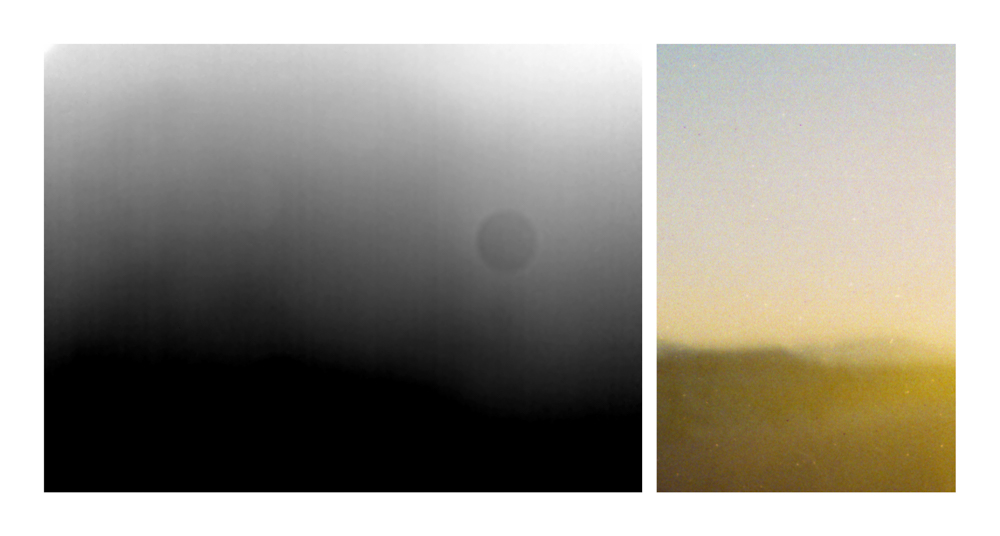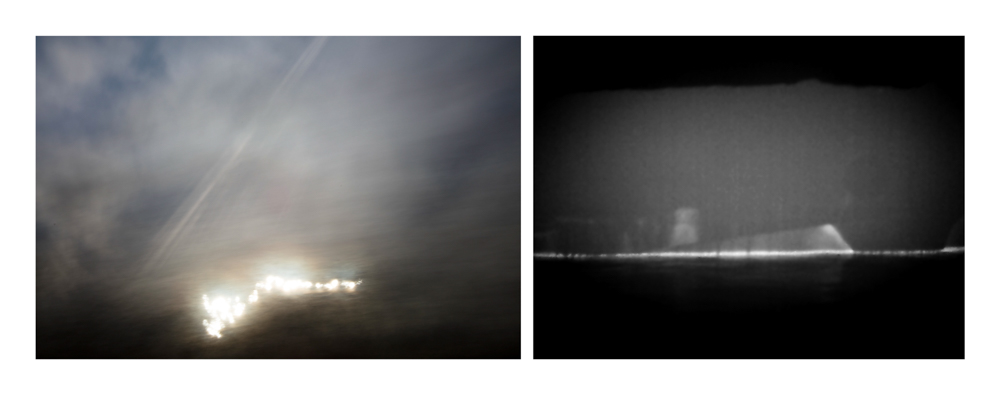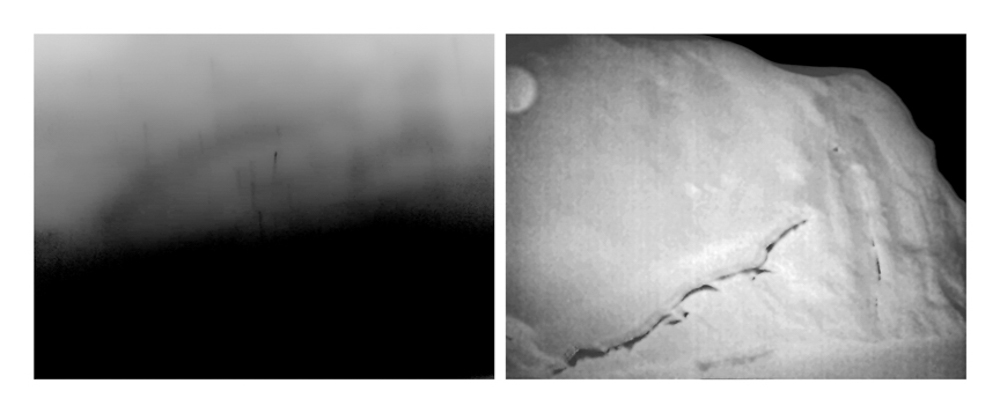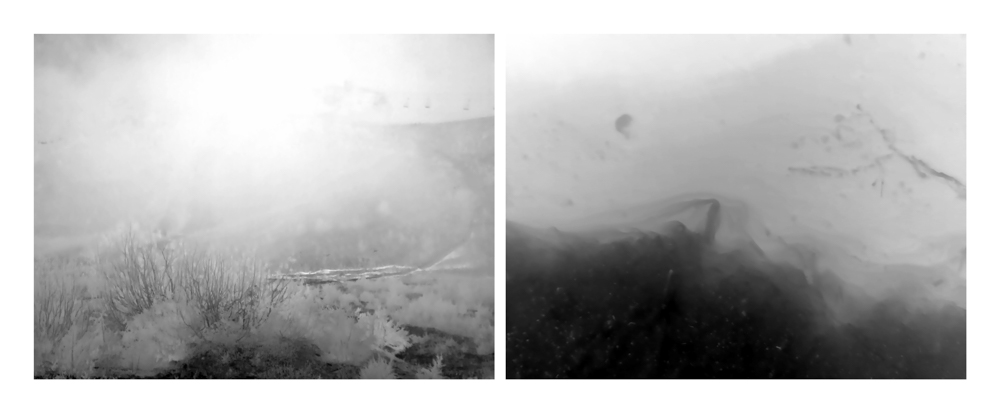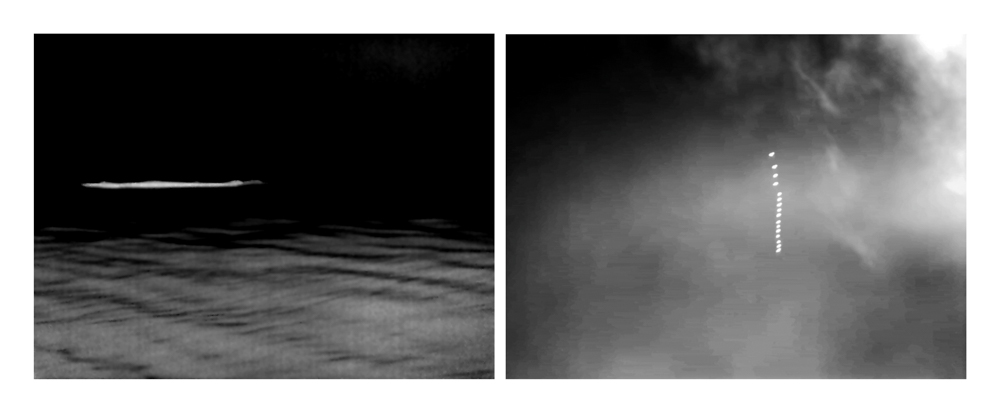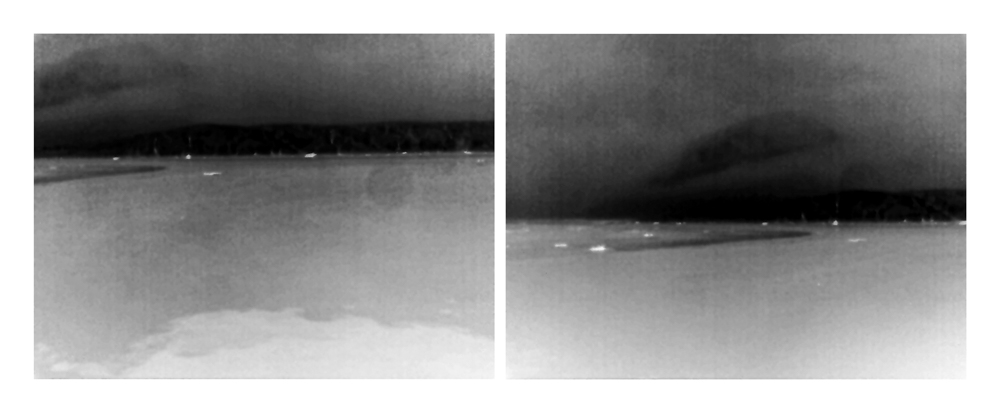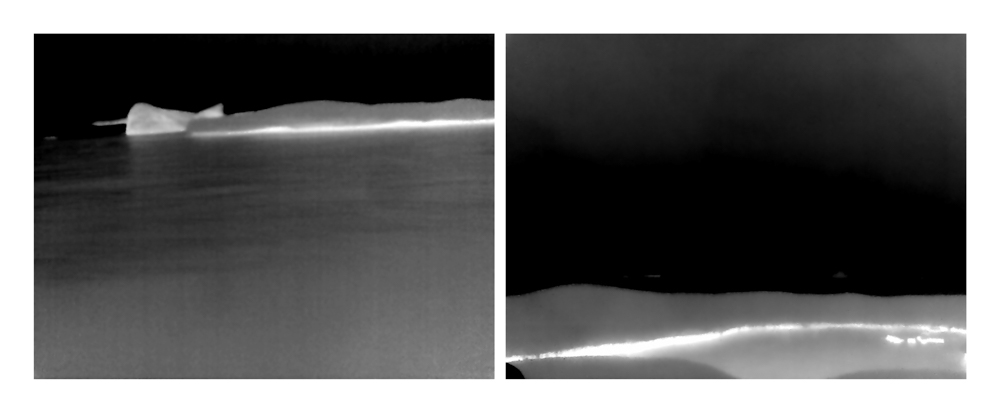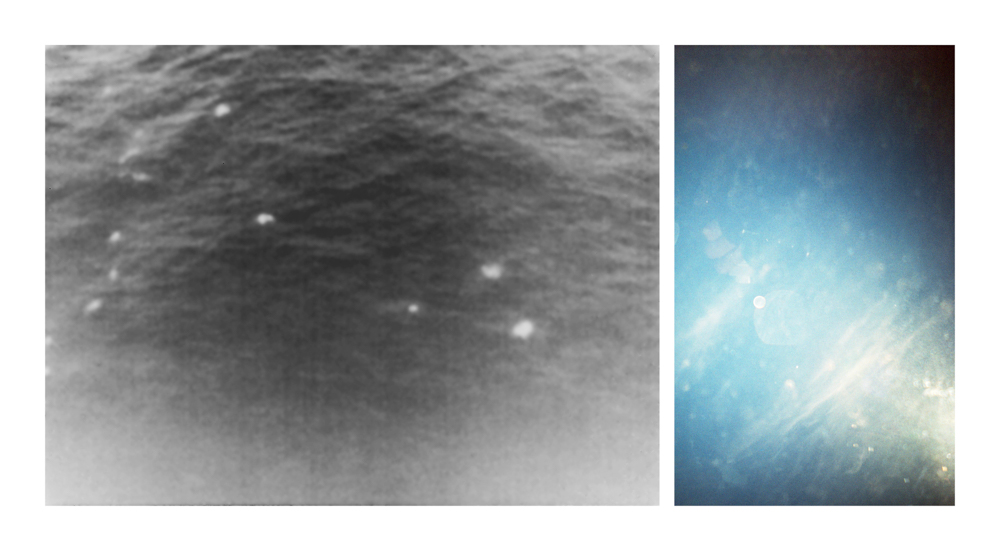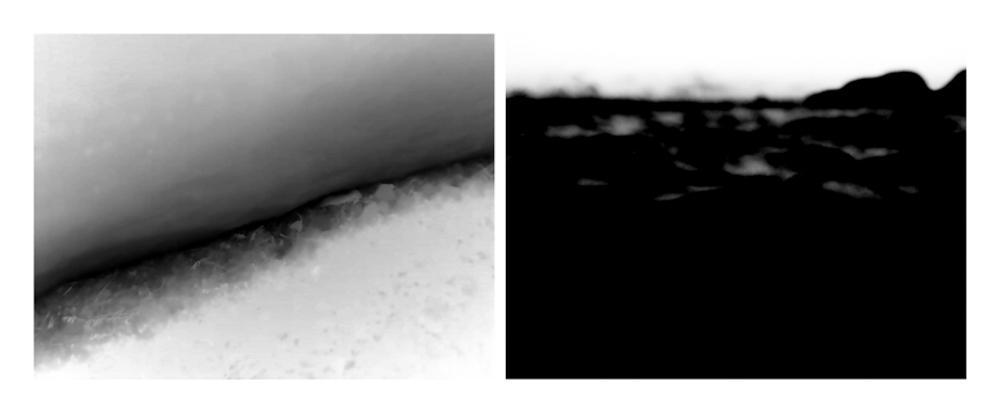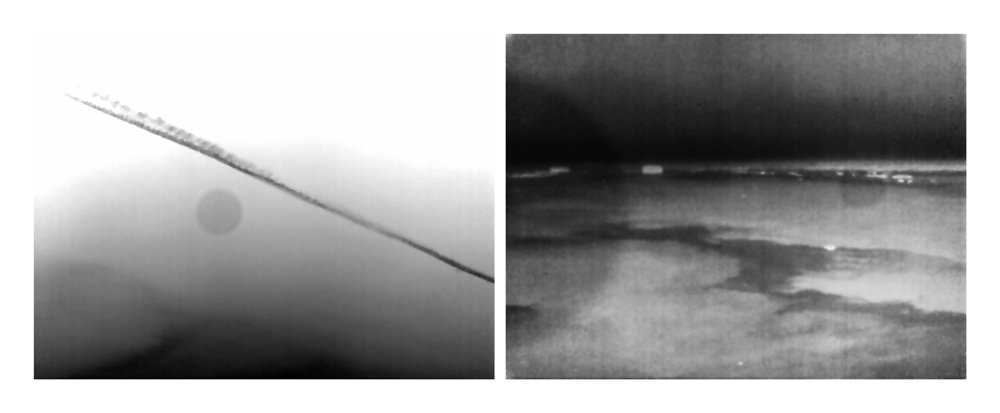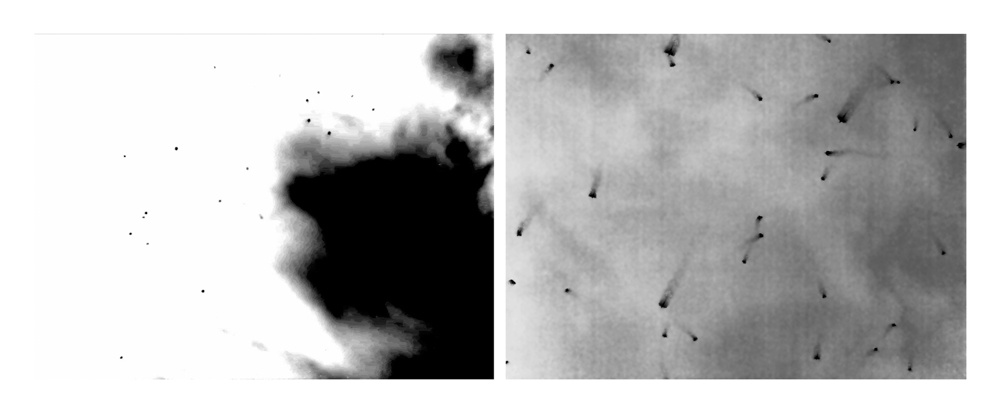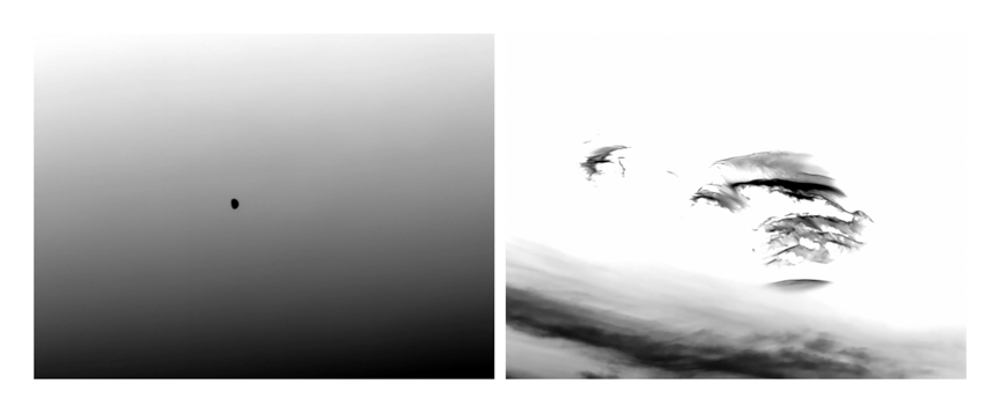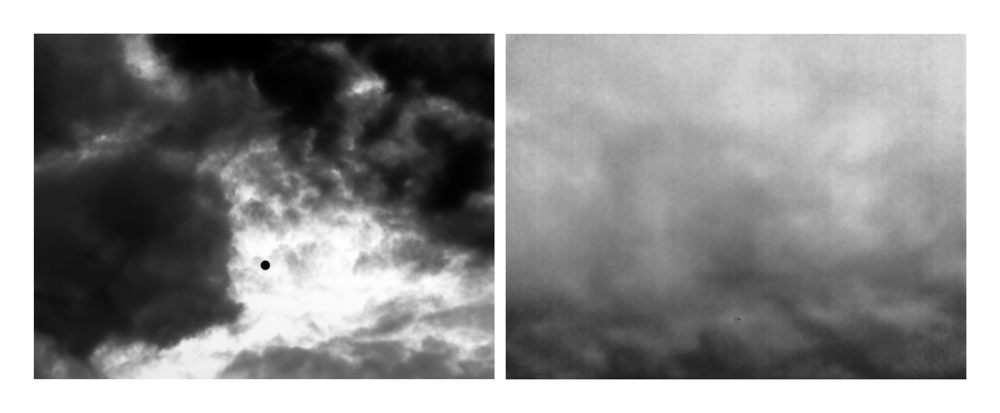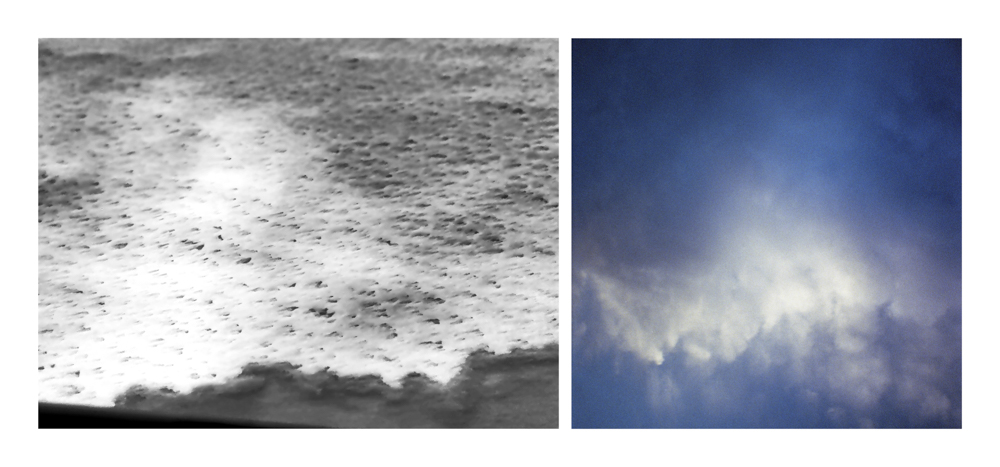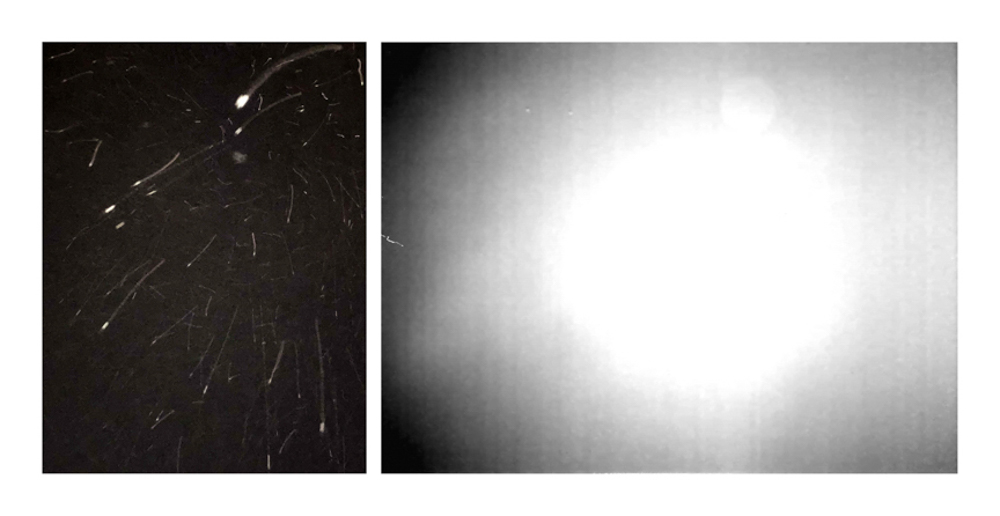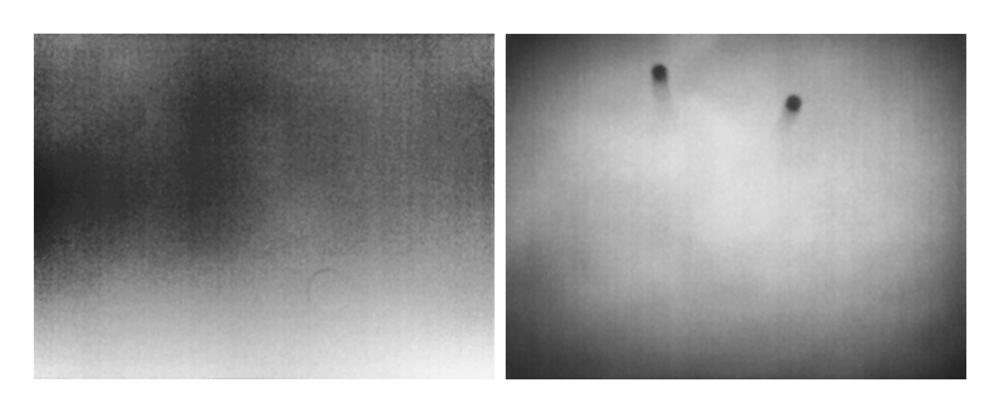The laws of thermodynamics govern everything from the behavior of atoms to that of living cells, from the engines that power our world to the black hole at the center of our galaxy. Thermodynamics explains why we must eat and breathe, how the lights come on, and how the universe will end.
Paul Sen
Do we know all that we are losing to climate change? The photographs in Conversations with the Sun explore this question by homing in on the uncertainty of what is vanishing in our climate crisis. Using a high- resolution thermal camera, I search for traces of our rapidly changing thermal world shaped by anthropogenic transformation within extreme environments, primarily within arctic and desert terrains. These photographs give form to a crisis that is both global and intimate—one that may escape ordinary vision yet remains undeniably present.
